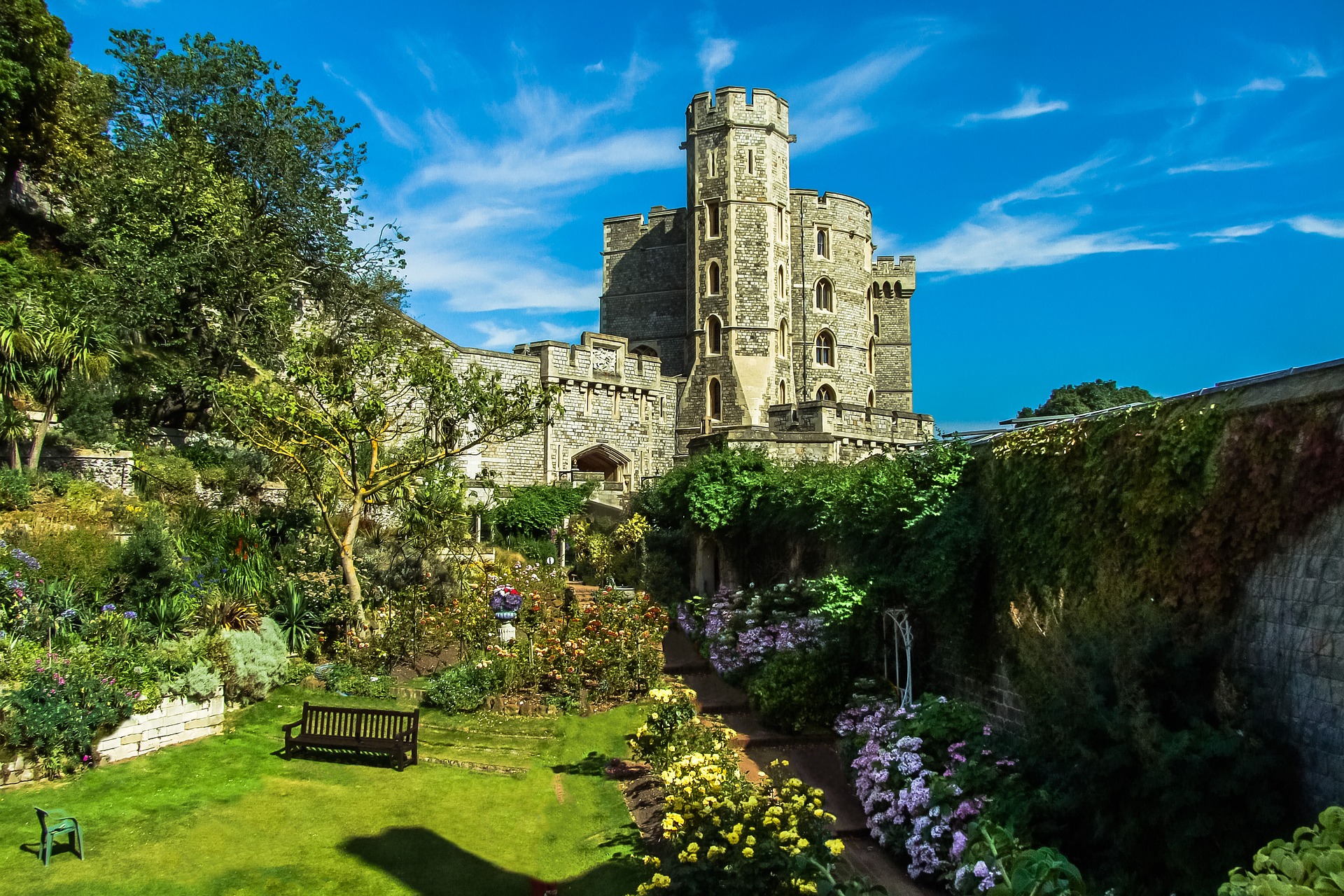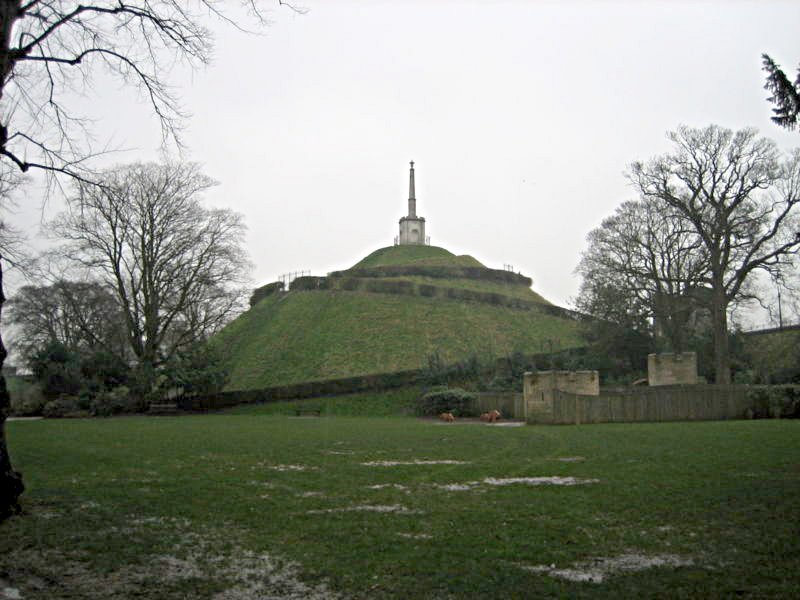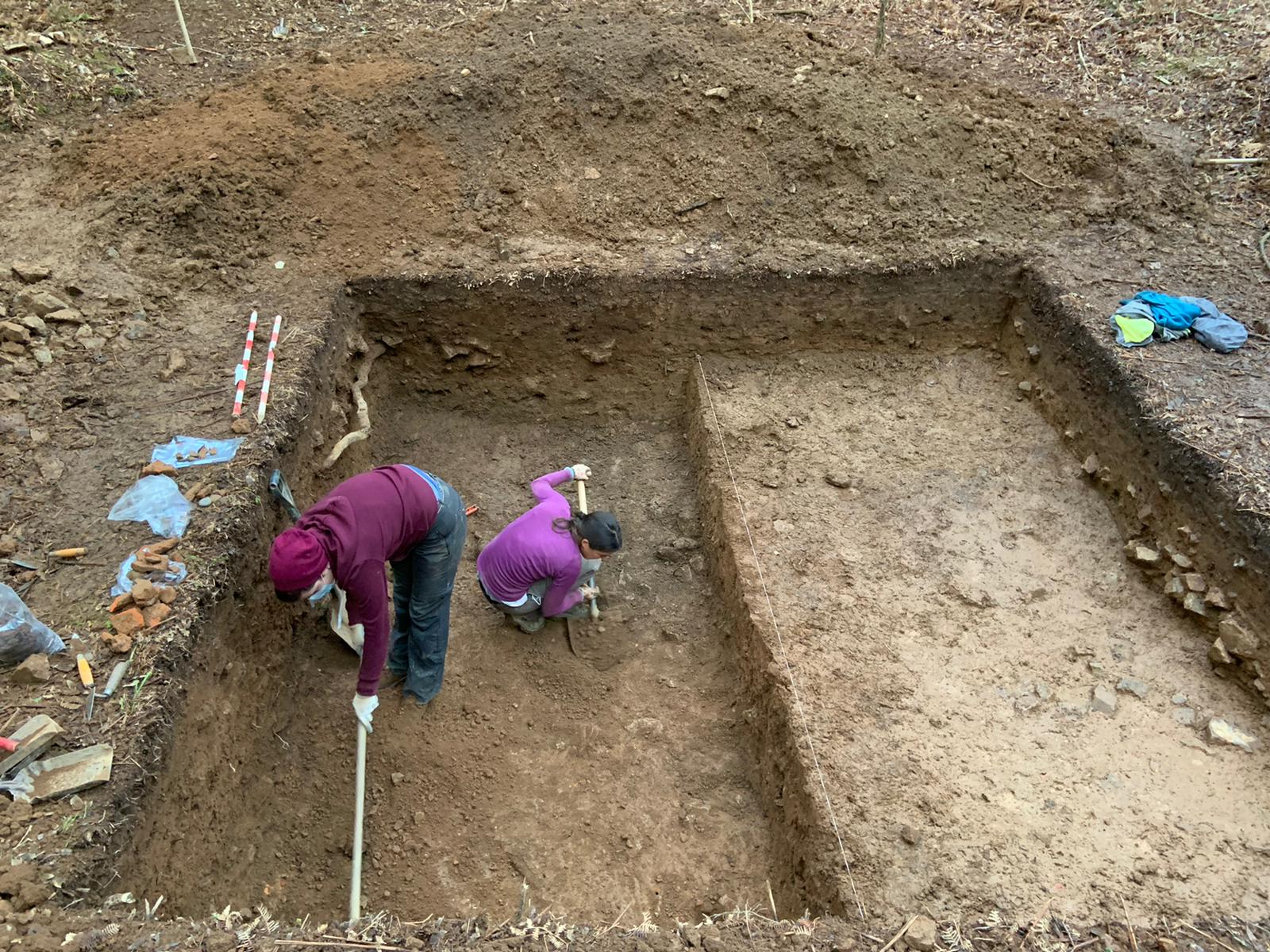ARCHAEOLOGISTS have discovered on Mount San Paio, in the municipality of Vila de Cruces (Pontevedra), a medieval fortress dating from the 9th and 10th centuries.
A site, that was originally catalogued as another Galician castro, has yielded a unique find in the Iberian Peninsula.
The ancient fortification is a motte-and-bailey type fortification, characteristic of northern Europe, dated between the 9th and 10th centuries and which has come to light at a site in Vila de Cruces.
READ MORE:
- Medieval wall unearthed in Malaga as dig next to metro becomes largest in Spain
- Spain’s largest collection of fossil footprints discovered in western Andalucia
A motte-and-bailey castle is a fortification with a wooden or stone keep situated on a raised area of ground called a motte. Windsor Castle, in England, an example of such a construction.

However, until now, nothing like this had been documented on Spanish soil.
“Neither in Galicia nor at a peninsular level have we found a fortress of this type, with this morphology”, said Victor Manuel Garcia Piñeiro, assistant director and coordinator of the project led by the company Cado Arqueoloxia.
“This is a fortification that was surrounded by a defensive moat and was quite easy and quick to erect due to the use of perishable materials.”
This type of construction was common in France or Great Britain during the 9th and 12th centuries, especially after the Norman conquest of England in 1066.
Archaeologists have found in the upper enclosure of San Paio, in the quadrangular mote, remains of clay, charcoal and smooth, undecorated pottery soils, believed to be medieval, pending on radiocarbon dating to confirm.
In the late Middle Ages, the Counts of Deza, a family of nobles of the Galician kingdom, managed the area politically and territorially, with the mission of repopulating the southern part of Galicia and regrouping old villages that had been dispersed as a result of the Arab invasions.

According to Garcia Piñeiro, it is believed that the aim of this fortress was to ‘take refuge from this type of attack’ additionally it seems that the fortification also controlled a route between two monasteries in the area: Camanzo and Carboeiro, which were founded by the Counts of Deza.
Experts have so far not found any stone structure that would give shape to the fortified enclosure, usually made of wood, earth and masonry, but aerial images taken with LiDAR technology confirm that the San Paio site does not fit morphologically in the definition of a castro, typical of the area.
The next investigations, which have yet to find funding, will focus on the lower part of the enclosure, in the hope of finding materials that describe how the habitation part of the mote worked.








